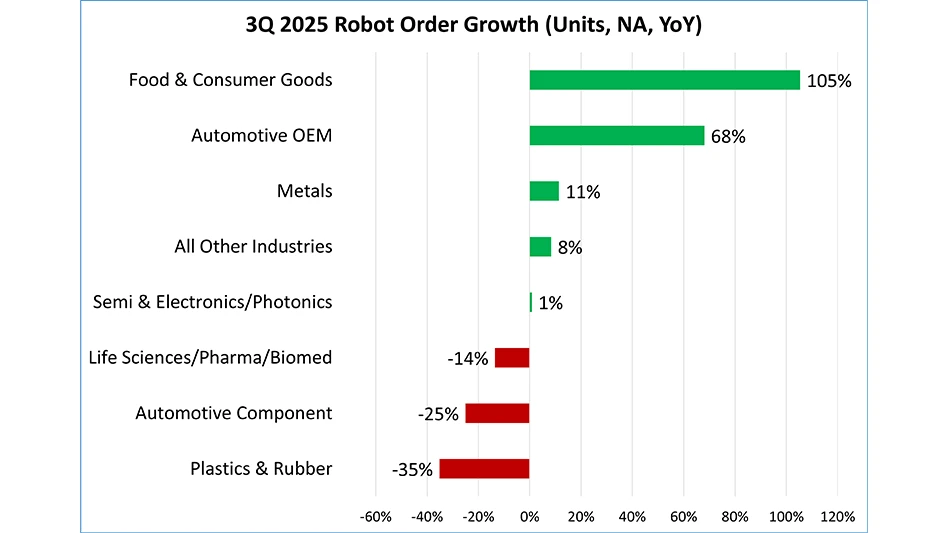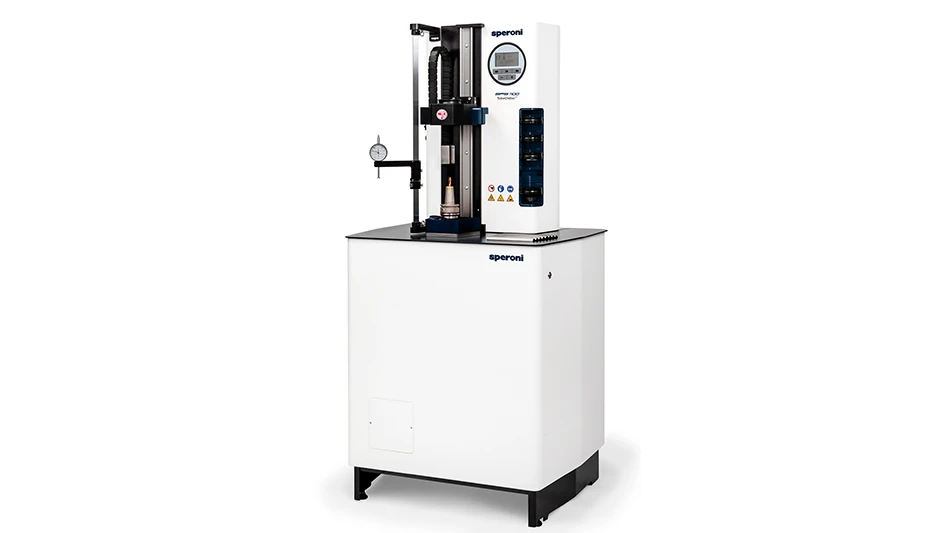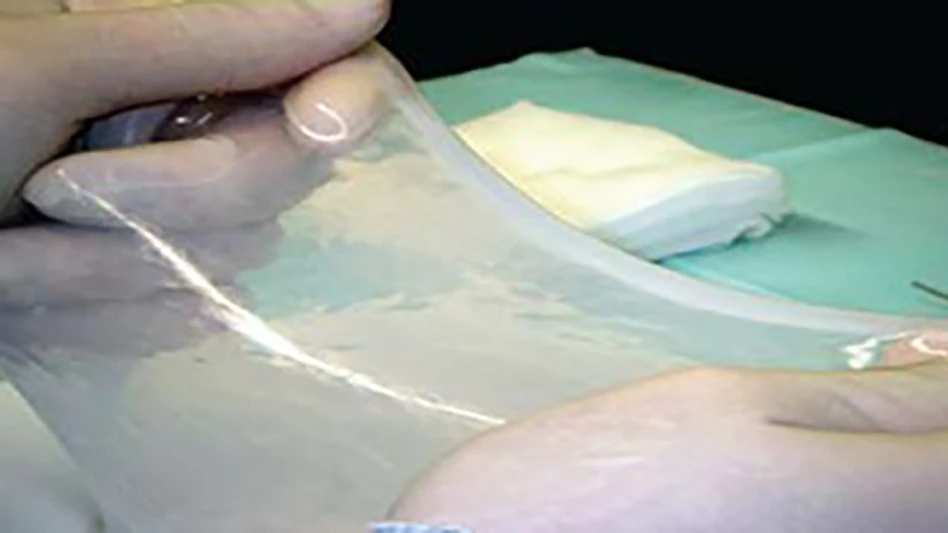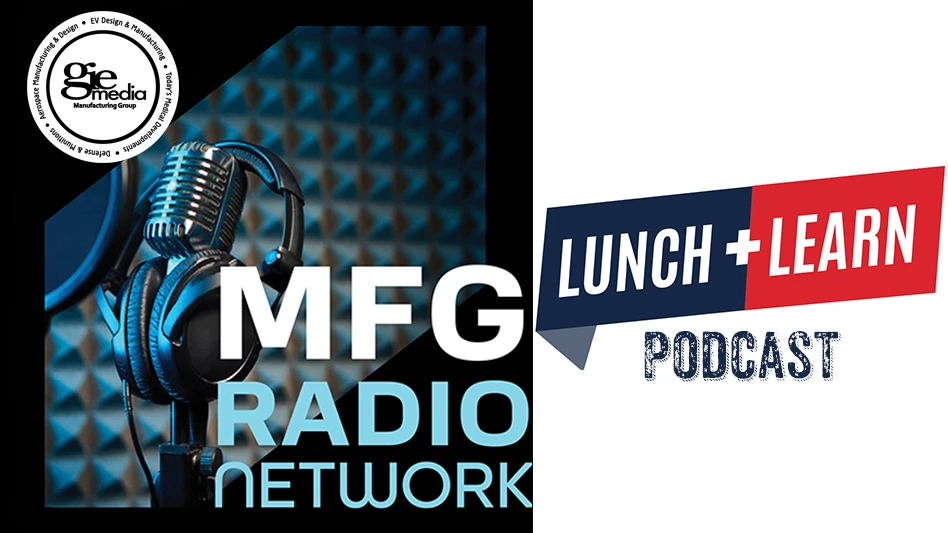
- The zirconia market revenues are expected to witness highest compound annual growth rate (CAGR) of 7.1% during the forecast period.
- The bio-inert ceramics hold the more than half of the market share in 2015 as compared to other types of medical ceramics.
- In the application segment, implants hold nearly three-fourths share in 2015, where dental implants contributed majorly towards the revenue of the implant segment.
- Surgical instrument devices segment is expected to grow at a high CAGR of 8.0% during the forecast period
- U.S. was the largest market in terms of demand for medical ceramics in 2015.
“Medical Ceramics - Global Opportunity Analysis and Industry Forecast, 2014-2022,” projects that the global medical ceramics market was valued at $3.9 billion in 2015, and is expected to reach $5.8 billion by 2022, registering a CAGR of 6.2% from 2016 to 2022.
The upsurge in the demand for medical ceramics from theh medical device industry creates opportunities for market growth. Properties of medical ceramics – such as high compressive strength and biodegradability, which are necessary for bone implants – are leading the market growth. Medical ceramics minimize bone ingrowth, another key factor boosting its adoption in the market. Growth in applications of medical ceramics, expanding and opening growth avenues for medical ceramics market include:
- Artificial hip, knee, shoulder, elbow, wrist
- Bone plates, screws, wires
- Intramedullary nails
- Permanently implanted artificial limbs
- Spinal fusion
- Alveolar bone replacements, mandibular reconstruction
- Tooth replacement implants
According to Eswara Prasad, team lead chemical research at Allied Market Research, “Medical ceramics are widely preferred in dentistry due to their large compressive and load bearing capacity and similarity with dental materials such as enamel.”
The application of the medical ceramics in the implants segments holds highest share in 2015 and is expected retain that throughout the forecast period. The increase in use of ceramics as rigid materials to manufacture implants is due to absence of prosthetics, reducing the risk of bacterial growth. Zirconia and alumina are the most commonly used ceramic materials used to develop implants. Zirconia, a type of bio-inert ceramic is expected to be the fastest growing segment in the global medical ceramics market followed by piezo ceramics. Ceramics are preferred for orthopedic implants by manufacturers due to their high resistance and biochemical inertness. Alumina is the most commonly used ceramic utilized for manufacturing orthopedic implants.
Additional findings
Asia-Pacific led the world demand for medical ceramics and is expected to grow at the highest CAGR of 6.6% during the forecast period. Asia-Pacific offers lucrative opportunities in the medical ceramics market as it is densely populated, with China and India being the most populated countries. Its growth is supplemented by rise in demand for medical ceramics and their applications
Companies profiled include:
Latest from Today's Medical Developments
- IMTS 2026 runs Sept. 14-19 at McCormick Place in Chicago, Illinois
- Master Bond’s MasterSil 800Med
- ZEISS celebrates 100 years of advancing innovation in the US
- Teleflex sells acute care and urology businesses for $2.03 billion
- HANNOVER MESSE: Where research and manufacturing meet
- What’s next for the design and manufacturing industry in 2026?
- Arcline to sell Medical Manufacturing Technologies to Perimeter Solutions
- Decline in German machine tool orders bottoming out





